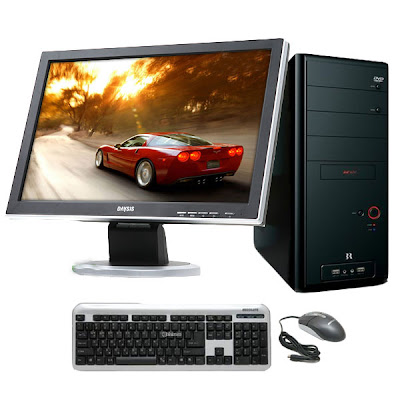Desktop Window Manager
 When you shifted from Windows XP to Windows Vista or Windows 7, did you ever think what made this graphical evolution and how it’s been controlled? If you don’t know, then open your Task Manager and lookout for . Yes, this DWM (Desktop Windows Manager) process is controlling all the graphical effects including transparent windows, taskbar thumbnails, 3D effects and the well known Aero interface. The architecture of DWM has evolved from previous versions of Windows. Before sending the graphics to your graphics card, graphics are passed through an additional media integration layer. Media integration layer functionality is performed on graphics card in the newer powerful graphics cards.
When you shifted from Windows XP to Windows Vista or Windows 7, did you ever think what made this graphical evolution and how it’s been controlled? If you don’t know, then open your Task Manager and lookout for . Yes, this DWM (Desktop Windows Manager) process is controlling all the graphical effects including transparent windows, taskbar thumbnails, 3D effects and the well known Aero interface. The architecture of DWM has evolved from previous versions of Windows. Before sending the graphics to your graphics card, graphics are passed through an additional media integration layer. Media integration layer functionality is performed on graphics card in the newer powerful graphics cards.
Again, it’s a choice of the user to use process or not. However, in these times when much higher processing hardware is available, it is not recommended to disable . Why would I disable if it’s just taking 30-40 MB RAM out of 4 GB RAM installed in my laptop? Instead, I would like to enjoy the 3D effects and the Aero Interface provided by . The size occupied by Desktop Windows Manager in RAM is directly proportional to the number of windows currently opened.
If my justification is still not enough for you, then I won’t stop you from disabling it. If you go to the Task manager and end the process, it will restart again. So, you have to perform the following method which will permanently disable from running at the start-up. Again, I am not recommending you to lose the graphics for the sake of 30-40 MB which will not be of any use to you (in most cases).
1. Go to “Start” menu and click “Run”
2. Type here and click “OK”
3. In the list of services opened, select “Desktop Window Manager Session Manager”
4. Press the “Stop Service” button at the top
5. Restart your PC
The process is continuously running in the background. It will restart on its own even if you end this process from the task manager. Seeing this behavior of dwm, hackers have started to hide harmful processes in victim’s PC with the same name i.e. dwm. As told earlier, the normal process restarts when it’s forcefully. If the harmful process restarts after ending as well, then victim won’t become suspicious and that’s what the hackers need. Try to have an updated anti-virus to differentiate between a healthy and a malicious dwm process.








